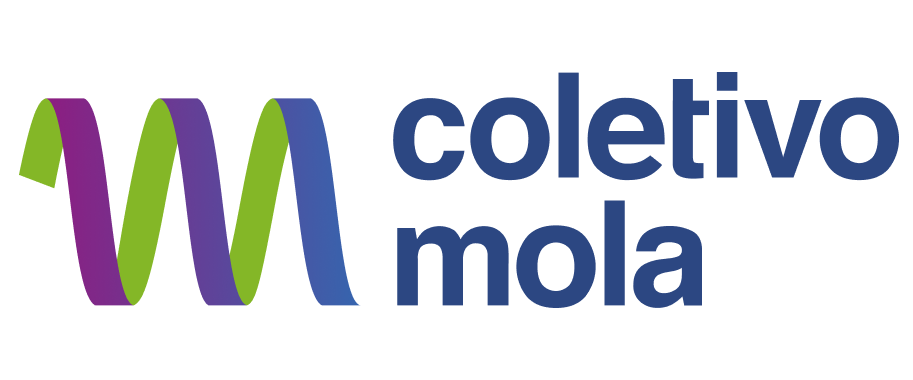September 2016
You can find this article in Portuguese on Medium.
The project “What do you wish to eat?” was carried out in partnership with Ricerca Innovation in Processes and Products. The project aimed to understand how people choose what type of food they eat, especially between meals. Based on this information, the goal was to elaborate product development suggestions.
The project was fulfilled in September 2016. During three weeks, we carried out exploratory qualitative research, intending to discover and have a clearer view of the product’s potential consumer profiles and audiences.
We chose exploratory research because it would allow us to get a deepen understanding of the potential consumers, their motivations, and behaviours to produce hypotheses that could guide further research in the future.
“Exploratory research establishes criteria, methods and techniques for the elaboration of a research and aims to provide information about its object and guide the formulation of hypotheses”
Cervo e Silva, 2006
“Exploratory research aims to discover, find, elucidate phenomena, or explain those that were not accepted despite being evident. Exploration currently represents an important competitive differentiator in terms of competition
Gonçalves, 2014

The research was of a qualitative, non-probabilistic and non-representative nature. The objective was to capture different behaviours, attitudes, and values that could point out relevant audiences and develop hypotheses for future quantitative data measurement research.
Qualitative research studies differ in terms of method, form and objectives. GODOY (1995a, p.62) highlights the existing diversity among qualitative works and lists a set of essential characteristics capable of identifying research of this type, namely:
Neves, 1996
1. The natural environment as a direct source of data and the researcher as a fundamental instrument;
2. The descriptive character;
3. The meaning that people give to things and their lives as the researcher’s concern;
4. Inductive approach.

Process
The group that led this process, which lasted three weeks, was composed of 6 people from different backgrounds and training. The researchers were: Luciana Terceiro, Juliana Marcenal, Camila Reis, Leonardo Veri, Vania Teofilo, and Marcos V. F. Araujo.
We followed the Design Thinking process, based on the Double Diamond proposed by the British Design Council, up to the ideation stage. The project also had the particularity of being carried out online since the purpose was also to experience a digital research process to understand its difficulties and challenges.
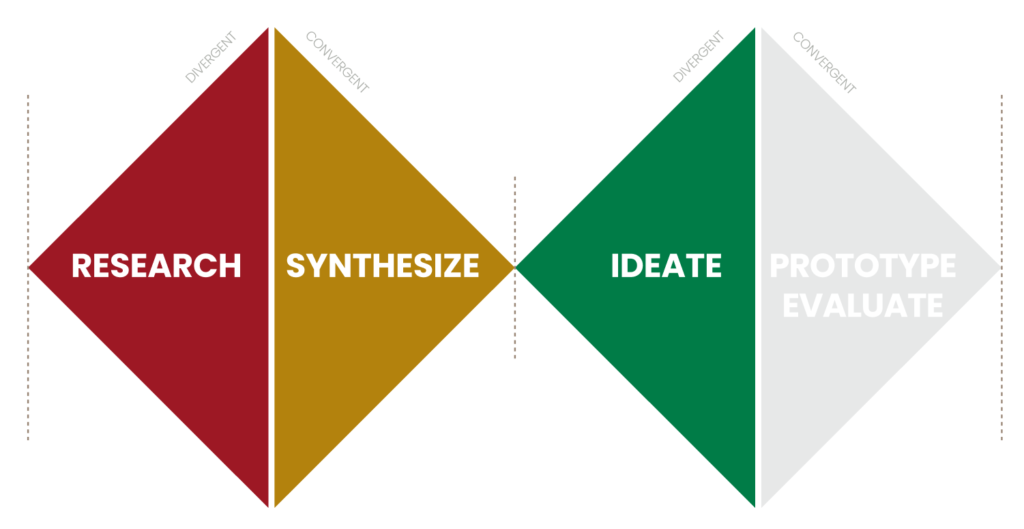
Week 1 (August 29th to September 2nd)
Exploration and understanding of the product and market. In the first week, the research group carried out several activities for learning, such as desk research and interviews with experts and potential audiences. Based on this information, an online questionnaire was prepared for greater public understanding.
Week 2 (September 5th to September 9th)
During week 2, we published the online questionnaire and based on a convenience sample, we surveyed different consumption profiles in other parts of the country. Despite using a convenience sample, the survey obtained 266 responses and, due to its exploratory nature, allowed the group to begin to have a clearer view of consumer groups.
The 266 respondents were organised into four groups:
- G1–20 to 26 years old — 32 respondents
- G2–27 to 34 years old — 90 respondents
- G3–35 to 49 years old — 102 respondents
- G4–50 or more — 42 respondents
The questionnaire was distributed online, mainly on social networks such as Facebook and Twitter. The promoters of the research are in the age groups of the G2, G3 and G4 groups.
Week 3 (September 12th to September 16th)
Telephone interviews with a sample of each group.
We had the telephone survey in the third week, accounting for 27 interviews.
After the interviews, we categorised the found patterns. It was possible to build some hypotheses of segments of behaviours, habits, preconceptions, and concerns, which could guide the development of products. These patterns were consolidated into four personas.
In the end, we prepared a report with the findings and insights.
Personas:
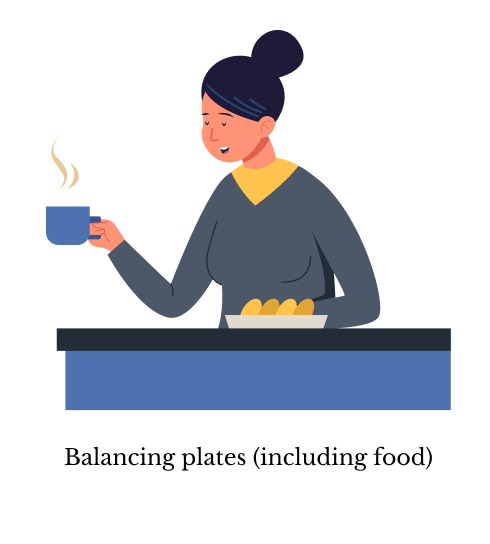

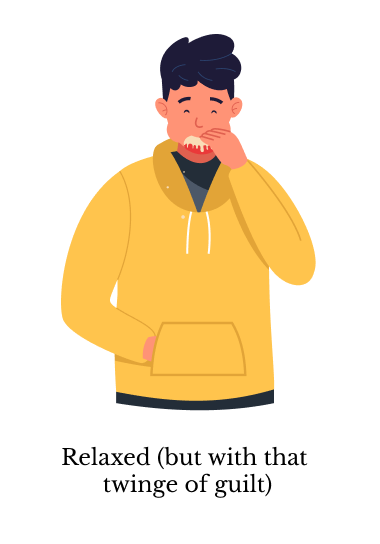
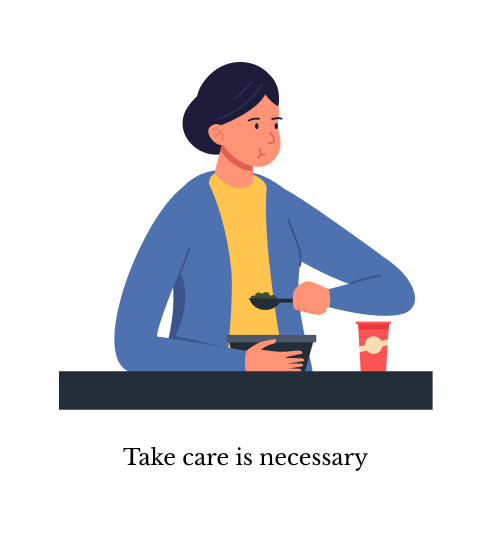
References
CERVO, Amado Luiz; BERVIAN, Pedro Alcino. Metodologia científica. 1991.
DE ABREU GONÇALVES, Hortência. Manual de metodologia da pesquisa científica. Avercamp, 2005.
NEVES, José Luis. Pesquisa qualitativa: características, usos e possibilidades. Caderno de pesquisas em administração, São Paulo, v. 1, n. 3, p. 2, 1996.
